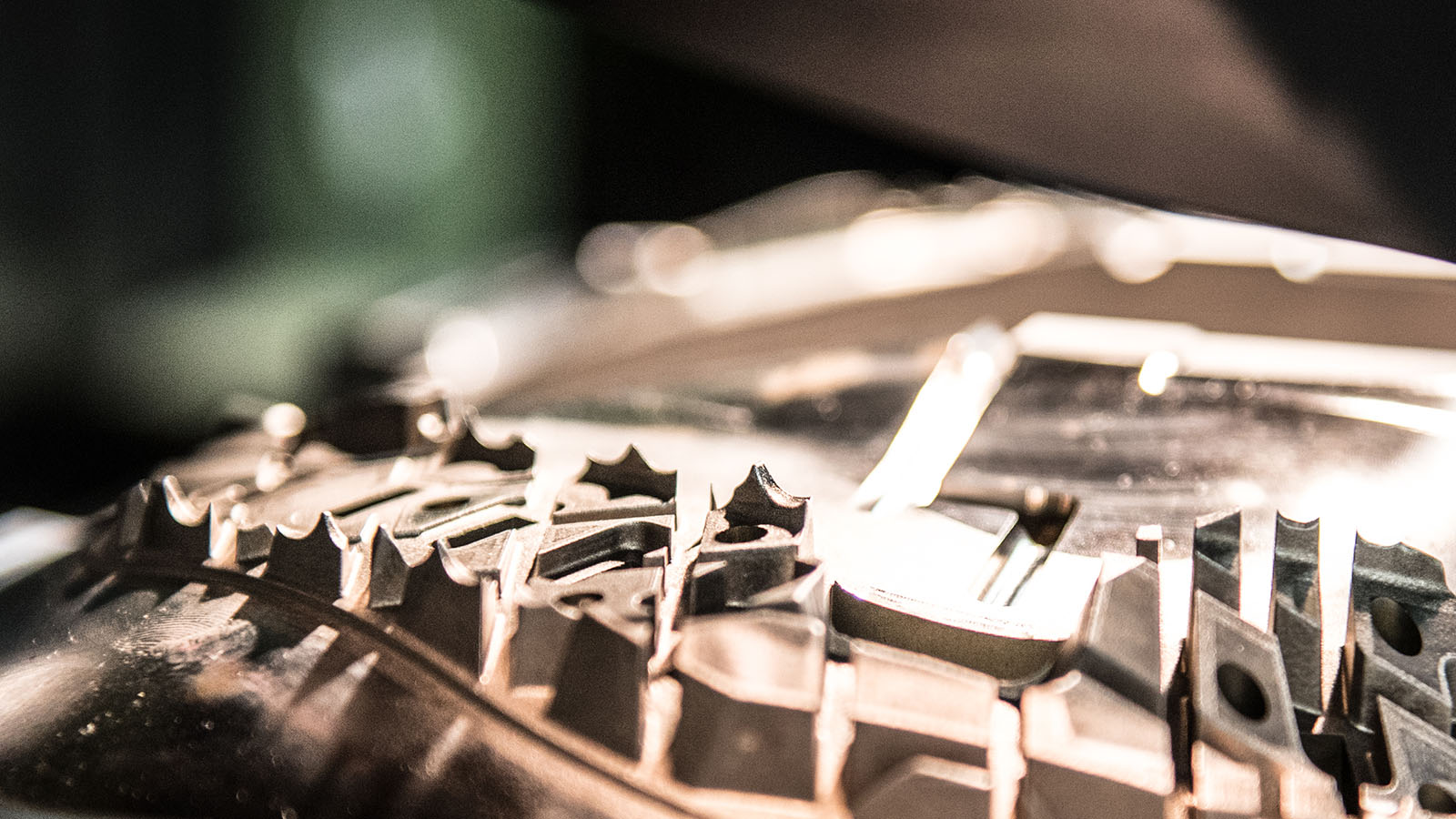The parting line is where the two halves of the mold meet around the parameter of the part. All parting lines need to seal properly when the mold is clamped in a molding machine. If the parting lines are too loose or have excessive wear, the mold will “leak” plastic over the parting line during the molding process. That extra plastic is called flash and is a common challenge to the injection molding process. With sound processing standards and quality tooling, there should be no flashing on a new mold. However, over time, tooling surfaces wear, and parting lines often need to be reworked. This article will address some common parting line related repairs.
As with any type of repair, you need to find the source of the problem, so you are not just fighting the symptoms. First, you’ll want to look into the history of the mold and ask a few questions;
- Has any part of the molding process changed?
- Changing materials, pressures, temperatures, and using a different molding machine can all create flash.
- How did the problem develop?
- A mold rarely starts showing signs of wear “out of nowhere.” If the parting line is slowly wearing over time, you should see a bad edge start developing. Sudden changes are more likely to be related to processing conditions or damage.
- How well is the mold maintained?
- Maintaining a mold is critical to its longevity. Allowing molds to sit and generate rust can cause issues with the parting line. It’s important to keep parting line surfaces clean and avoid any scenario in which residual plastic is smashing into the parting line.
- Where is the flash?
- The location of the flash is the first clue to potential wear areas. Flashing around the entire perimeter of the part could be a clamping force or mold closing issue, whereas flash at a small specific point could be from damage to the mold. Flashing around ejector pins could be from a worn ejector pin/hole.
To repair a parting line, a technician will weld the damaged edges, leaving excess material. Using various CNC processes, technicians blend the new edge back into the mold with any existing surfaces. If the part design allows, it’s also possible to lower the entire form enough to clean up the damaged edges. Lowering the form side steps the need to weld the tooling, but it also presents other challenges, like making sure all other components and systems line up properly.


